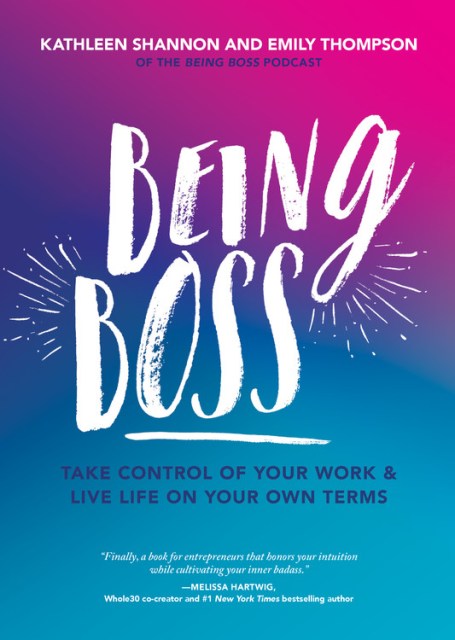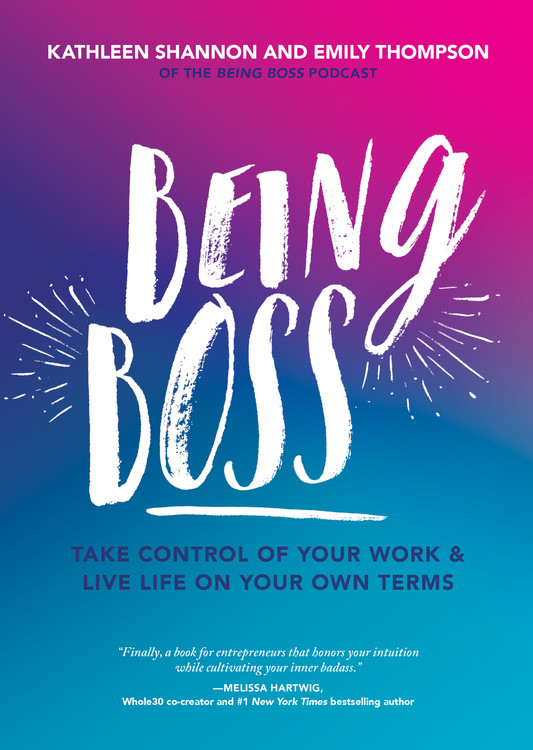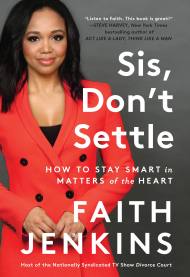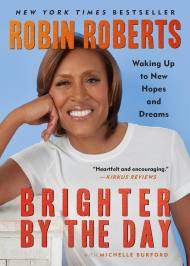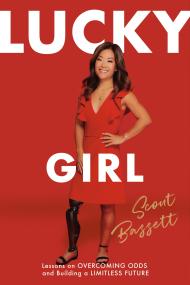Promotion
Use code MOM24 for 20% off site wide + free shipping over $45
Being Boss
Take Control of Your Work and Live Life on Your Own Terms
Contributors
By Kathleen Shannon
Formats and Prices
Price
$21.99Price
$28.99 CADFormat
Format:
- Trade Paperback $21.99 $28.99 CAD
- ebook $12.99 $16.99 CAD
- Audiobook Download (Unabridged)
This item is a preorder. Your payment method will be charged immediately, and the product is expected to ship on or around April 10, 2018. This date is subject to change due to shipping delays beyond our control.
Also available from:
Kathleen Shannon and Emily Thompson are self-proclaimed “business besties” and hosts of the top-ranked podcast Being Boss, where they talk shop and share their combined expertise with other creative entrepreneurs. Now they take the best of their from-the- trenches advice, giving you targeted guidance on:
- The Boss Mindset: how to weed out distractions, cultivate confidence, and tackle “fraudy feelings”
- Boss Habits: including a tested method for visually mapping out goals with magical results
- Boss Money: how to stop freaking out about finances and sell yourself (without shame)
With worksheets, checklists, and other real tools for achieving success, here’s a guide that will truly help you “be boss” not only at growing your business, but creating a life you love.
Genre:
- On Sale
- Apr 10, 2018
- Page Count
- 200 pages
- Publisher
- Running Press
- ISBN-13
- 9780762490462
Newsletter Signup
By clicking ‘Sign Up,’ I acknowledge that I have read and agree to Hachette Book Group’s Privacy Policy and Terms of Use
